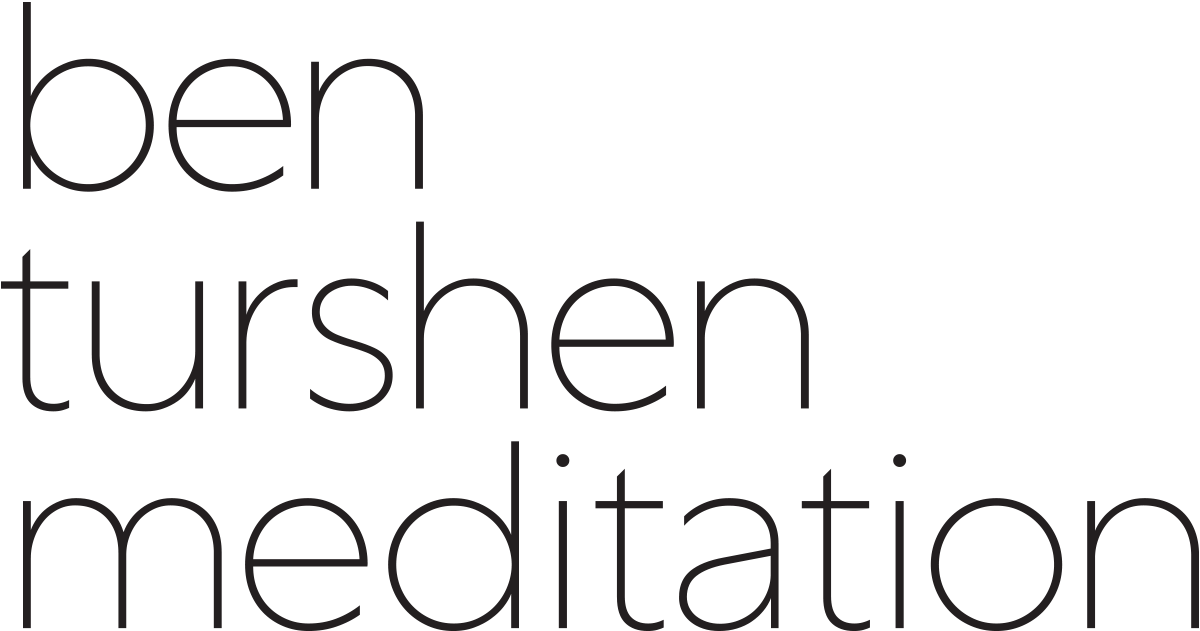Click here to return to the Access Meditation Primer. Click here to enroll in the course.
VIDEO TRANSCRIPT
Let’s talk about the Access Calm breathing technique its variations.
How do you use your breath to control your nervous system to both settle your body and mind? This is an interesting question. I was personally very intrigued by this question because of my background in human physiology and exercise science. Before I decided to become a lawyer, that’s what I studied when I was in college and then later as a graduate student.
When I was in school, we never learned about the connection between the respiratory system, which controls your breathing and the nervous system, which can powerfully influence how you think and feel. We mostly studied the anatomy. We learned about the diaphragm. We learned about intercostal muscles. And we studied respiratory diseases, like asthma, emphysema, and COPD. But we never learned about how the respiratory system and the nervous system work together.
So, when I started to learn about this, I got incredibly fascinated because I was already a meditation teacher. Let me share what I learned. This incredible connection between the respiratory system and the nervous system.
Here we’re talking specifically about the autonomic nervous system. As the name implies, this is the part of the nervous system that acts largely unconsciously and regulates “automatic” bodily functions such as heart rate, digestion, and respiration. One of the key roles of the autonomic nervous system is to take in information and data from your body and the environment and determine whether your body is relatively safe or in danger.
It does this through its two separate divisions: the sympathetic nervous system, which is responsible for the stress response--the fight or flight response, which occurs automatically and spontaneously whenever your body thinks it’s in danger; and the parasympathetic nervous system, which is responsible for the relaxation response--the stay and plan/rest and digest response, which occurs automatically and spontaneously whenever your body thinks it’s safe.
I want you to think of your autonomic nervous system like the thermostat in your home. When you set the thermostat to a certain temperature, what does it do? It adjusts based on the weather. When the weather gets too cold, and the thermostat is set to a warmer temperature, it kicks on the heat. Vice versa, if the thermostat is set to a certain temperature, and it gets too warm, it kicks on the air conditioning on to make it cooler. So, it responds to the weather. Your breath is like the weather, and your nervous system is like the thermostat.
Breathing or respiration is remarkable because it's an involuntary experience, meaning you don't think about your breath all day. That's actually a fantastic thing. You take over 20,000 breaths a day and if you had to think about every single breath that you took, that would be problematic. You wouldn't be able to get a lot done if you had to constantly think about keeping yourself breathing, so it happens involuntarily without you thinking about it at all. But what's also wonderful about breathing is that you can change it. So, it's both involuntary and voluntary. Controlling your breath is like controlling the weather. Because you can control your breath, you can control your nervous system.
Your nervous system continuously interprets your breathing, and it looks for a few key details to determine whether your body is relatively safe or in danger. Through the Access Calm breathing technique and its variations, you breathe in such a specific way that the autonomic nervous interprets your breathing as if you are safe and automatically turns on the parasympathetic relaxation response settling your body down into a state of deep relaxation. This can also influence your thought process in moments of acute stress to prevent you from feeling overwhelmed.
So what is it about the way you breathe that your nervous system looks for to determine if you’re safe or in danger. What are the key signals? If you’ve ever had a full-blown anxiety attack or witnessed a friend having one, you’ve seen what happens to your breathing when you’re completely overwhelmed. Let me demonstrate this for you. I’m only going to show you three breaths like this, because any more, and I’ll actually start feeling stressed, which I don’t particularly enjoy.
[Ben takes 3 breaths]
Did you see what happened?
I was breathing fast and forcibly. I was breathing through my mouth both for the inhale and exhale. Did you see my shoulders shrug up towards my ears? I was using my neck, shoulders, and chest to elevate my rib cage. My breath was very audible, you could hear each and every breath I took. These are the key signals, the data points, that your nervous system interprets as if your body is danger. Want to ruin a perfectly good day? Breathe like that for 30 seconds. I don’t recommend it!
So in the Access Calm breathing technique and its variations, you take the opposite approach. You breathe slowly and gently. You breathe through your nose. You breathe using your diaphragm to expand your rib cage horizontally out to the sides. You breathe silently. Those are the key signals that your nervous interprets as if your body is safe.
We take it further with our Access Calm breathing technique and its variations to enhance the parasympathetic relaxation response by establishing a specific cadence and pattern of breathing. With Access Calm, you are using your breath like a remote control to influence how you feel, physically, mentally, and emotionally.
